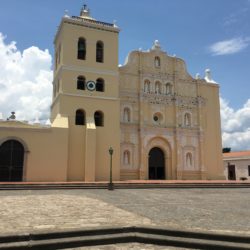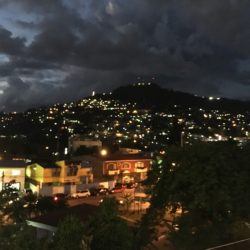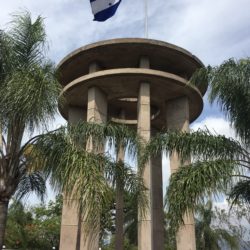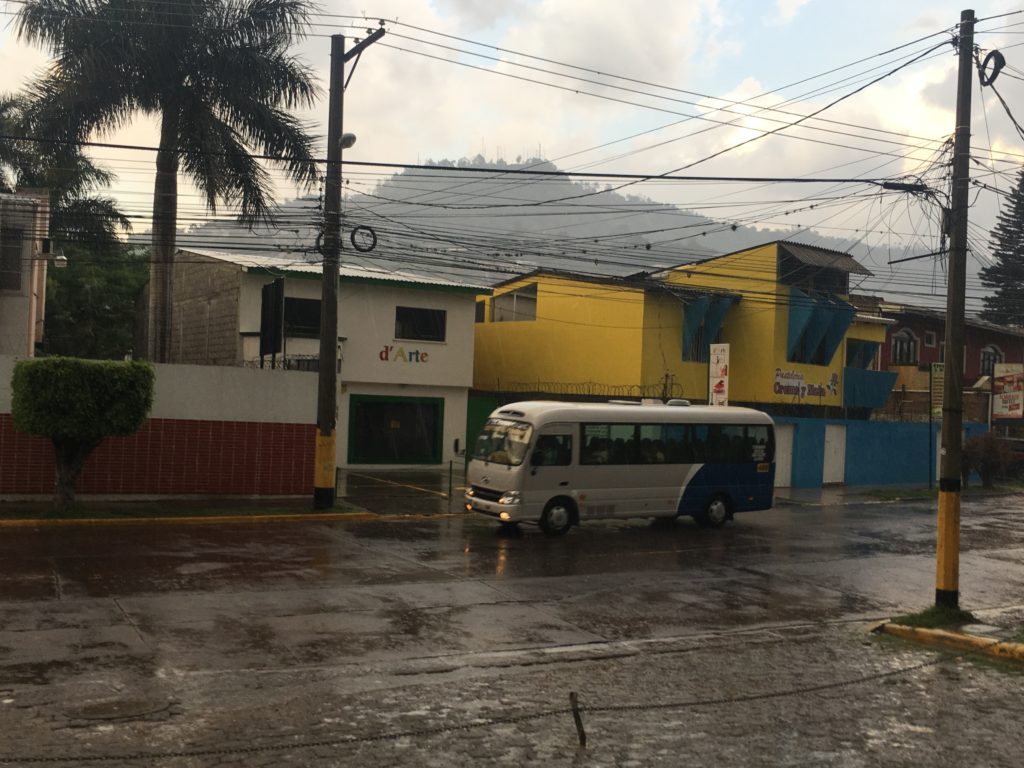
If you visit Tegucigalpa and don’t travel by rapidito at least once, you’re not only missing out, but you will never be able to understand the city and this integral part of daily life. Rapiditos are little mini-buses with approximately 25-30 seats, but like stuffing sardines in a can, they somehow jam-pack at least double that amount during rush hour. At first glance, the system is barely controlled chaos, but once you get the hang of it, rapiditos are an easy (and dirt cheap!) way to get around.
So how does all this work? On the front windshield of each rapidito you will find the starting and stopping points of the route, possibly including “Centro” or the Downtown area, where a vast majority of the lines intersect. When in doubt, go to Parque Central in the heart of El Centro and you will find a queue of rapiditos ready to whisk you away. Of course, when you first get to Tegus (Tegucigalpa’s affectionate nickname) the origin and terminal points won’t do you much good if you need to stop somewhere along the way and you have no idea where the hell the route weaves. The easiest thing to do is simply ask someone and they will point you to the correct rapidito.
The other option is listening to the money collector as he (or she, although I only ever saw men) yells auctioneer-style out the open door of the rapidito, announcing the major stops along the route. If you’re walking down the street and a rapidito passes by, the money collector might holler a few stops at you. If you like what you hear, flag down the rapidito and hop on. You are free to get on or off the bus anywhere along the route. There are no pre-set stops, save for the places listed on the windshield.
Another thing that might throw American travelers in particular is that payment is not taken upon entering the rapidito, but rather while disembarking. The price is determined by the distance traveled and it’s not like there’s any sign of set prices you can consult on the bus. Most rides around town will cost you 10 lempiras (L10 is how prices are denoted), which works out to around 4 U.S. cents. The rapidito up to El Picacho cost me L11; the ride on the way down only charged L9. It all evens out and there’s no point in negotiating. If someone tried to take me for L50 then I would question it, but unlike the taxi drivers, with whom you will definitely need to haggle, the rapiditos are more straightforward in their pricing.
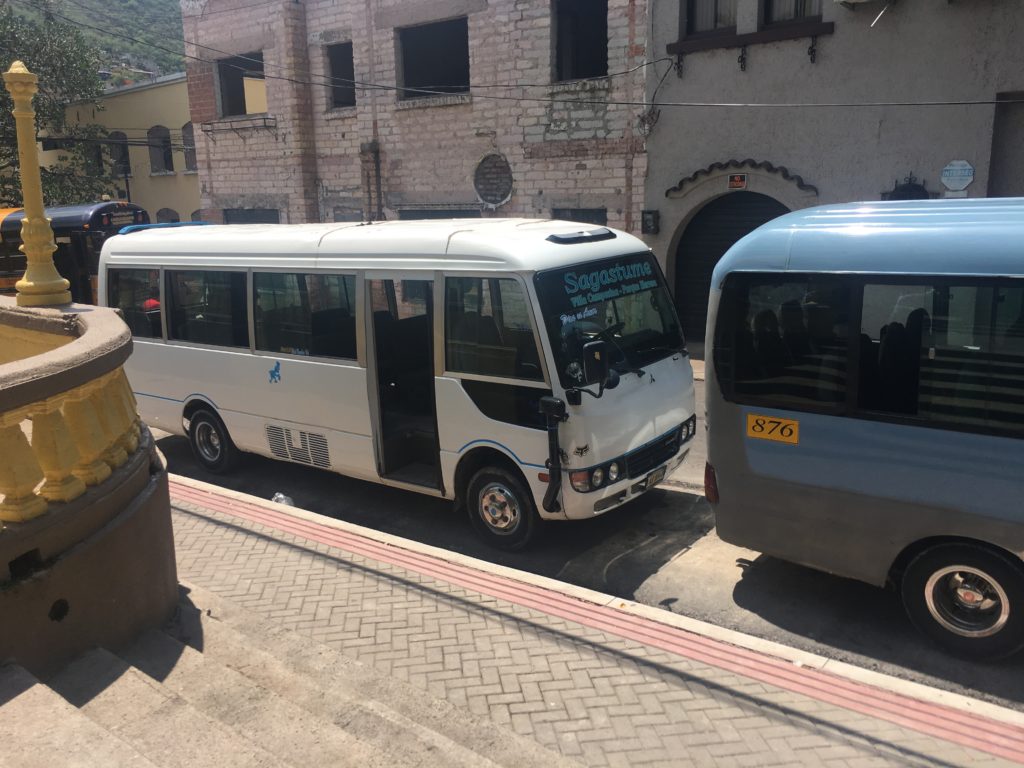
If you want to visit El Picacho, the park on top of the giant hill overlooking the city, then you will need to take a rapidito heading to El Hatillo. These routes start near the Teatro Nacional (National Theater), which is just a few blocks west of the Parque Central. Double check with the collector that the bus will be going by the park entrance; you’ll also be giving him a head’s up that the rapidito will need to stop where you want to go. Remember, if you don’t speak up, the rapidito will just keep rolling along!
Not only do the rapiditos live up to their name as a fast form for transportation, but they are a great place to strike up conversations with locals. The first couple of times I hopped on one, I must have had a bit of uncertainty in my eyes because people asked where I was going and then all yelled at the collector as we approached my stop. This Gringo is eternally grateful and by the third ride I felt like an old pro. New Yorkers would never chat up a stranger on public transportation, but the rest of the world is a lot more friendly, so be prepared for a deluge of questions. Do you like Tegucigalpa? Are you visiting family? No? Then why are you here? People aren’t being nosy- just welcoming. It’s also a great chance to practice your Spanish.
Once I had boarded my rapidito to El Hatillo I settled in and enjoyed the twisty road up to El Picacho. These are the best views of Tegus and I wanted to soak it all in. The rapidito dropped me off at the back end of the park, near the city zoo. El Picacho is divided into three parts, each with its own separate ticket: the zoo, the park proper and Christo del Picacho (the Christ statue that overlooks Tegus).
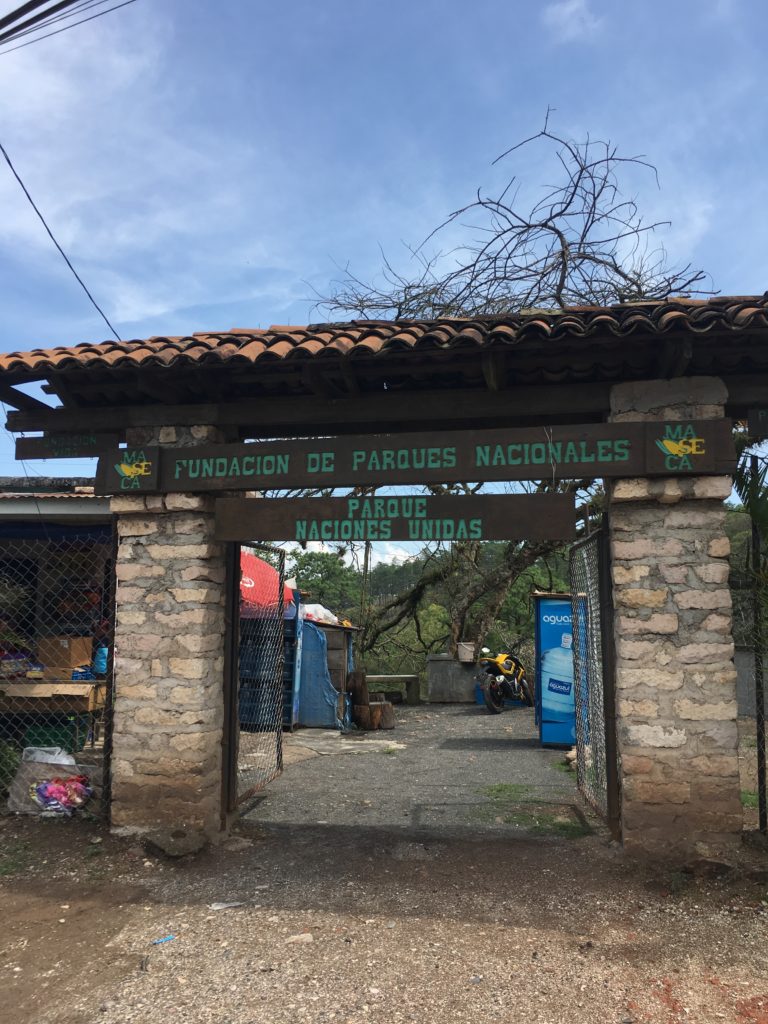
The park entrance is an 800m walk from the drop-off point, with plenty of food stands and stunning views along the away. There’s always an abuela selling plantain chips and they are seriously addicting- I plead the fifth on how many bags of them I ate in Tegus. Hondurans also understand one of the supreme truths of the universe: everything tastes better with hot sauce. Every plantain chip vendor will have a bottle you can squirt directly into the bag of chips.
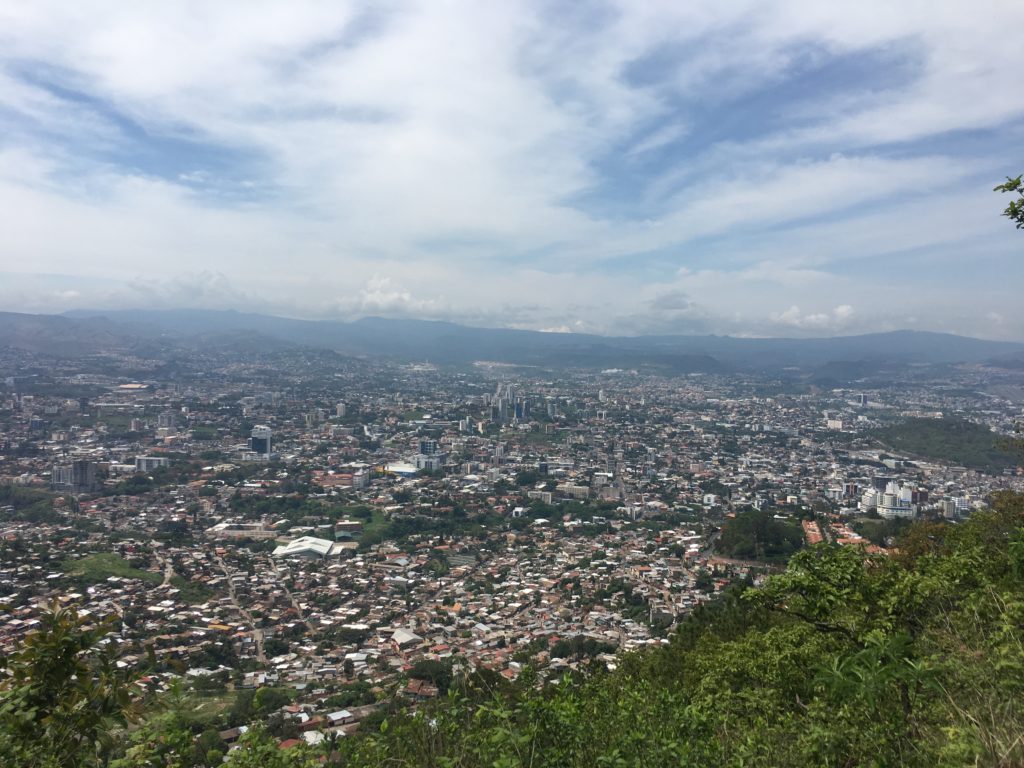
On weekends, the park is a hotspot for families. I was there on a Sunday and saw many a birthday party, baby shower, picnic and kids football (soccer) game. The gardens are beautiful and really peaceful to stroll through. Tegus is a sprawling city, pulsing with hectic energy and El Picacho feels a million miles away from all that.
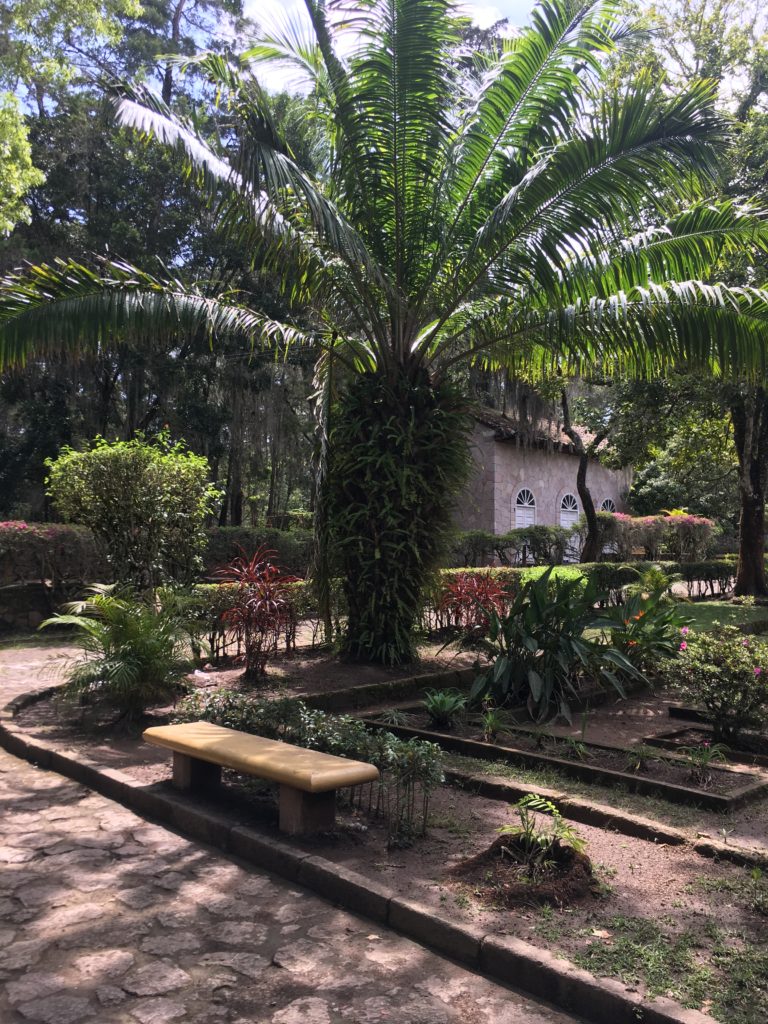
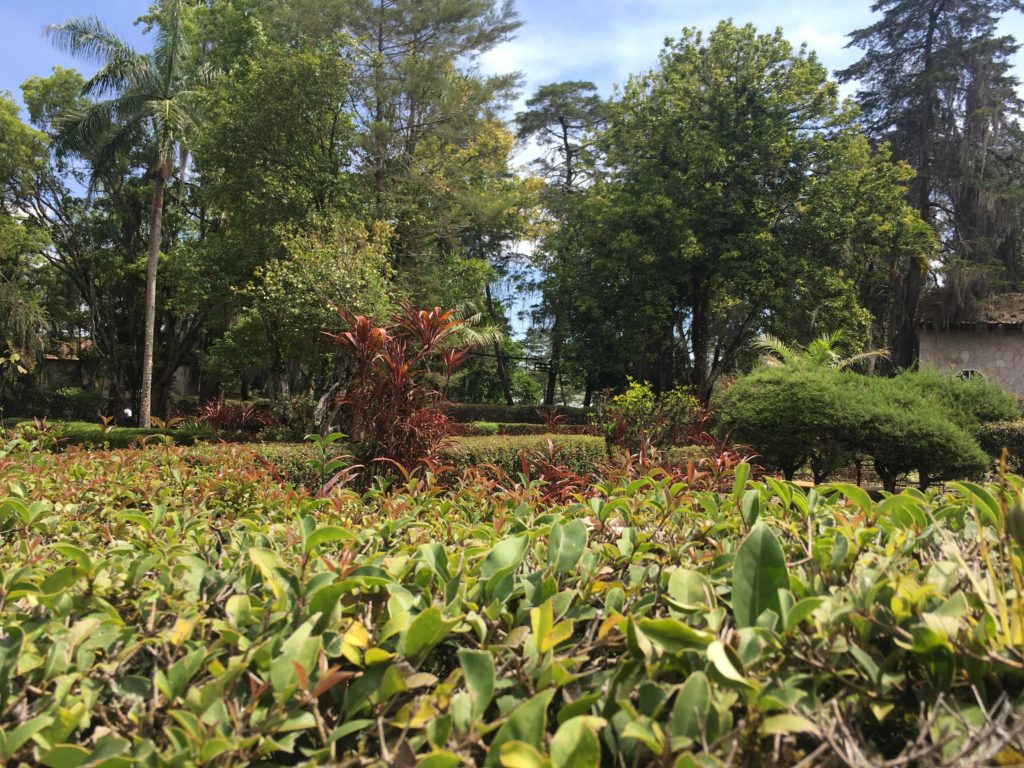
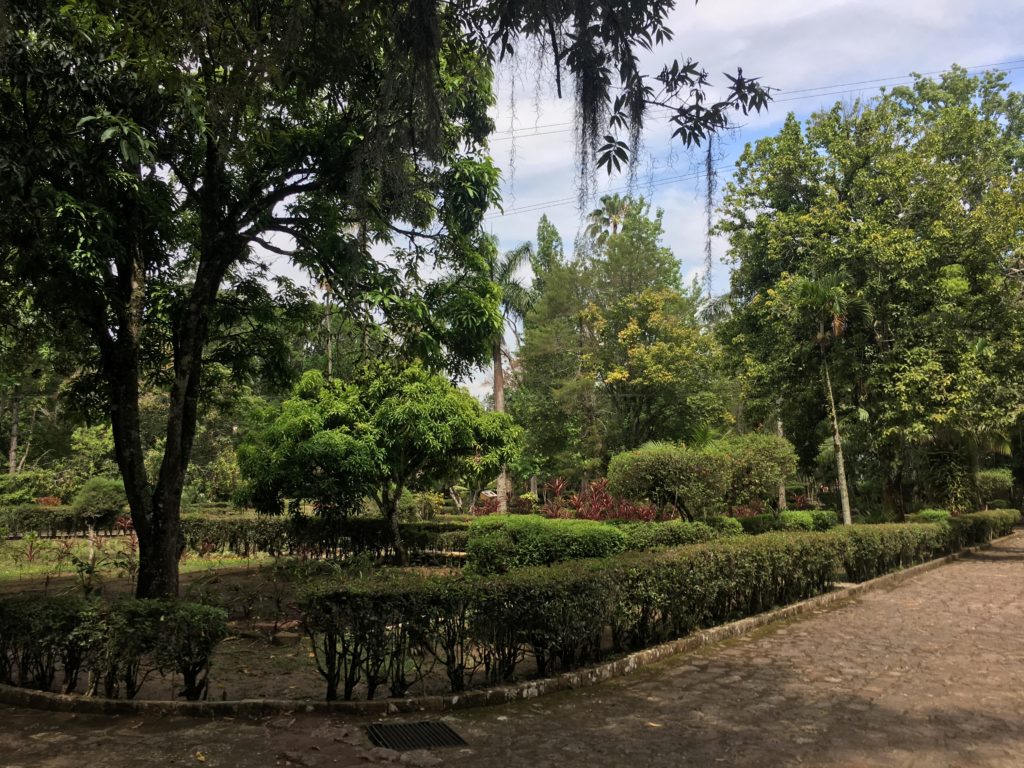
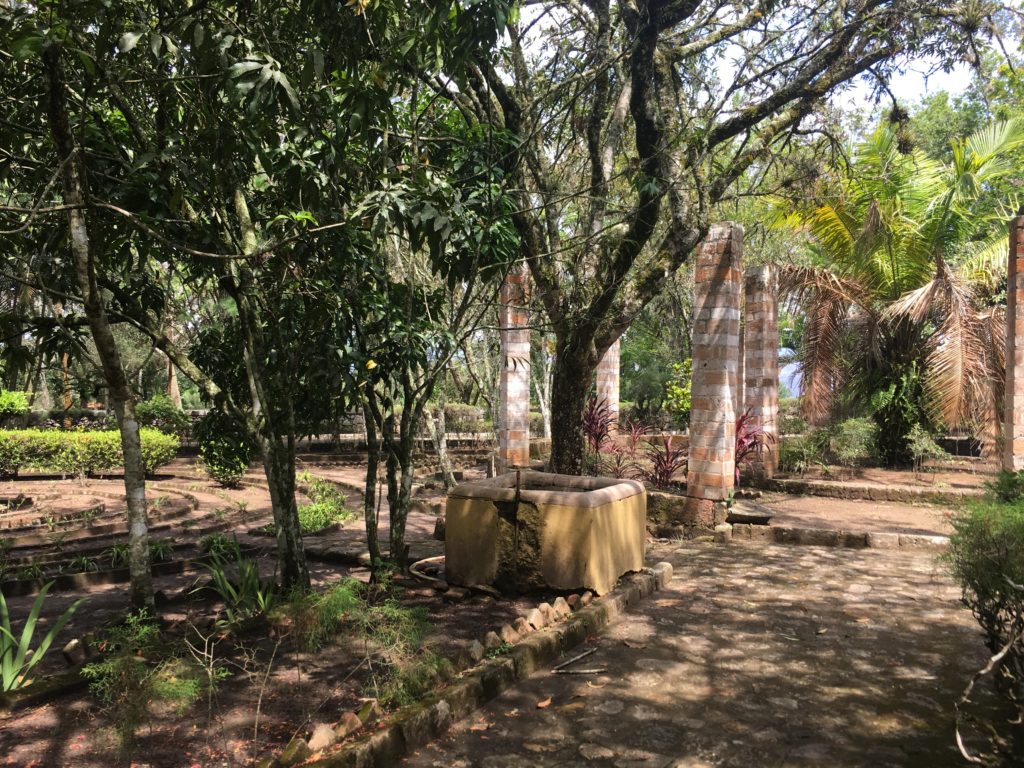
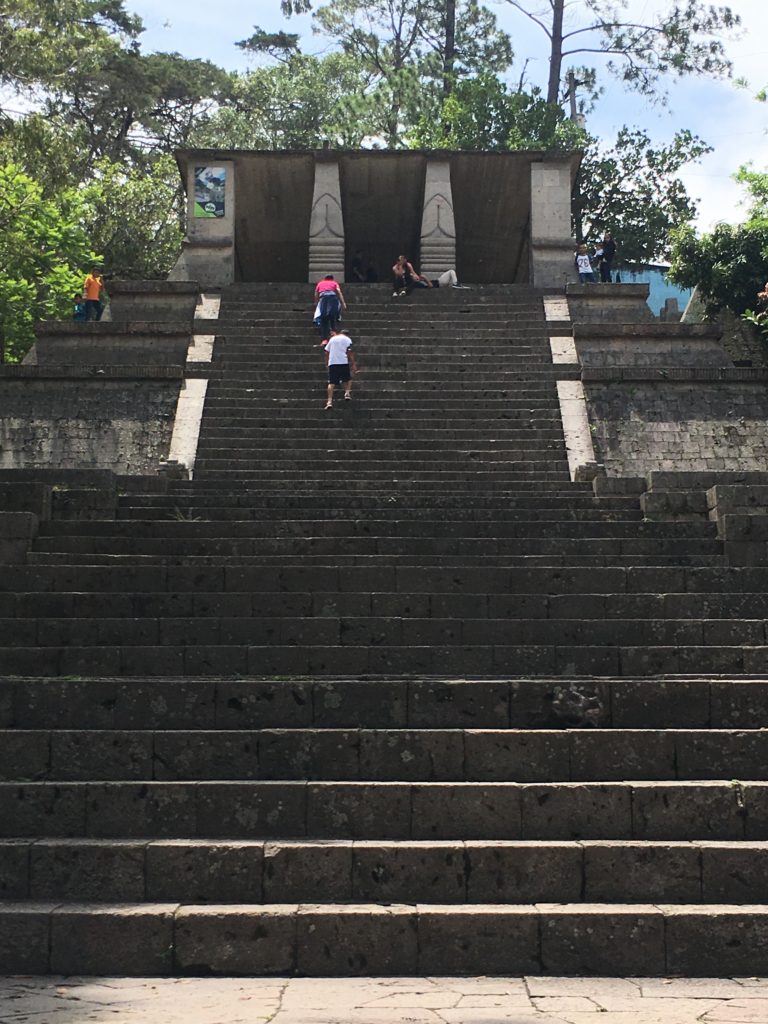
The main attraction in the park is Christo del Picacho, the massive statue of Christ that is lit in the evening and can be seen from most areas of Tegucigalpa. The statue, along with the base, is nearly 30m (100ft) tall, stretching 1326m (4353ft) above sea level. Christo del Picacho recently celebrated its 20th anniversary, having only recently been completed in 1998.
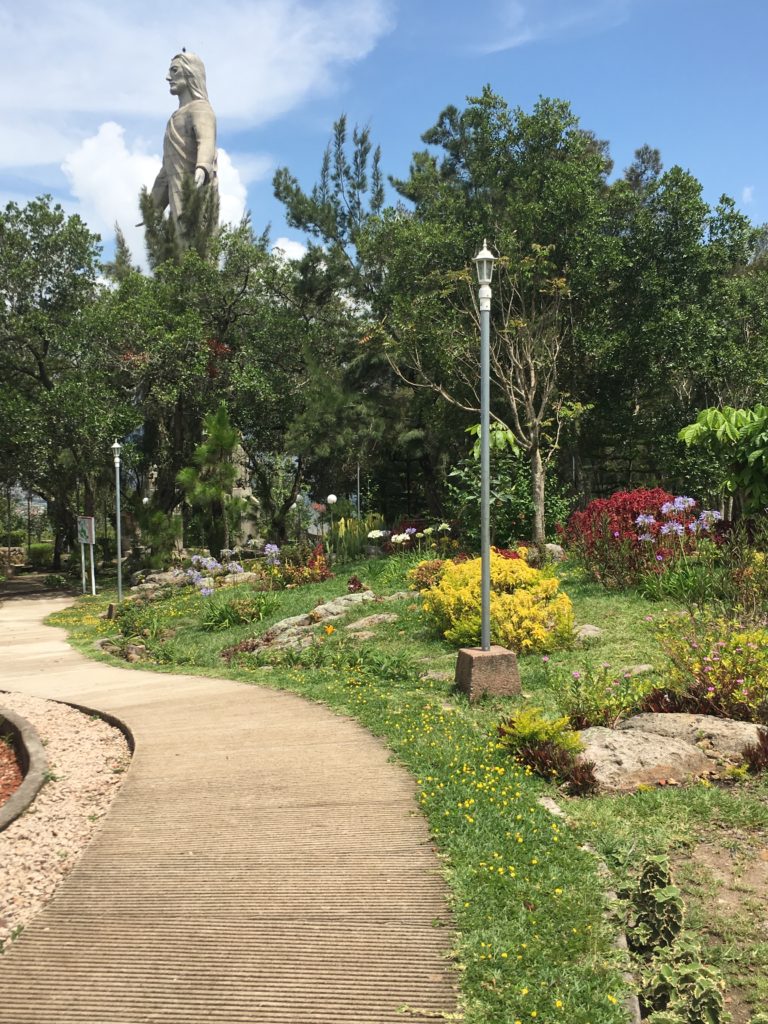
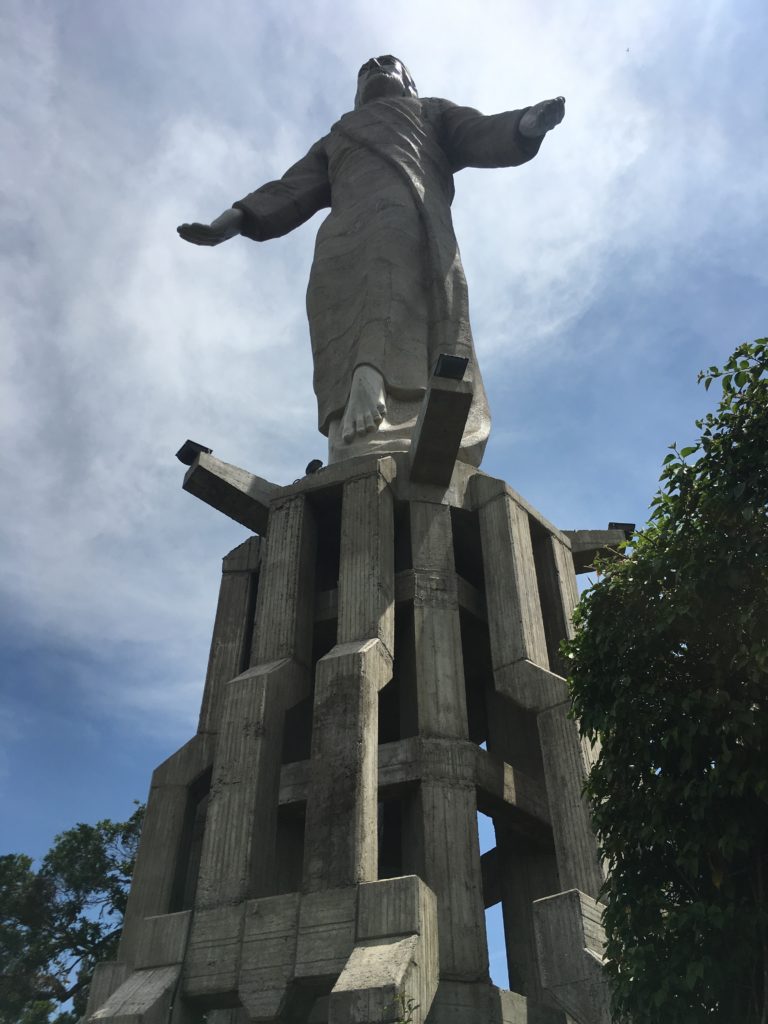
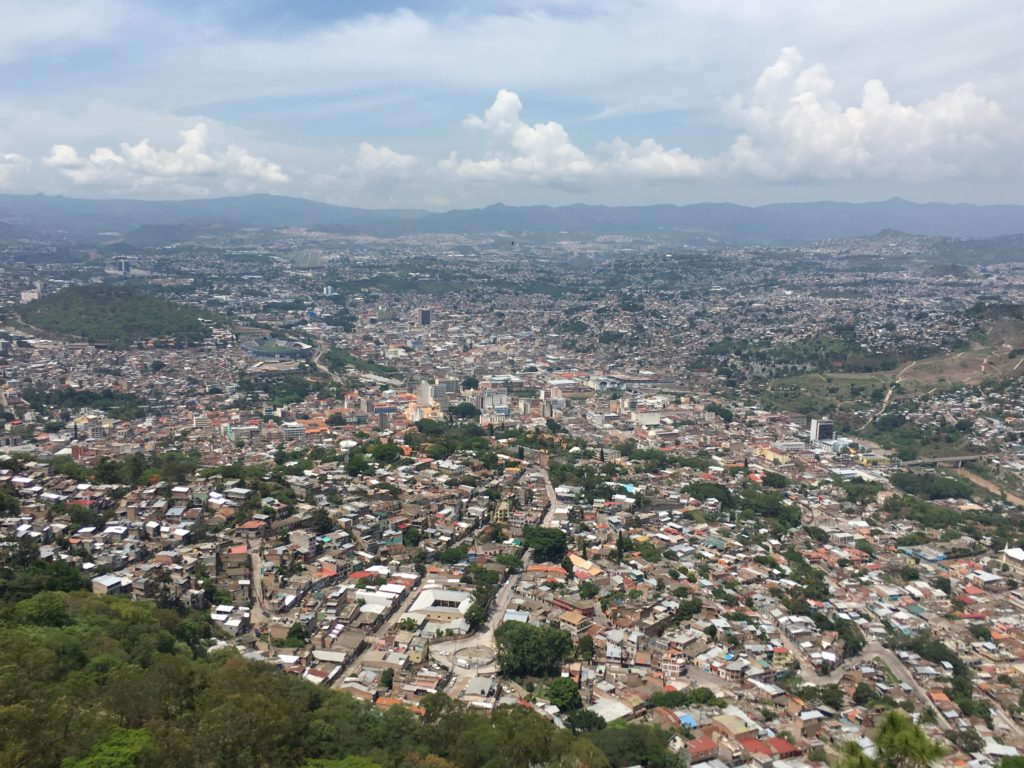
I could have spent all day wandering around, but when you’re traveling in the rainy season you have to manage your time wisely. The morning sun and fluffy white clouds can transform to gray doom and gloom in the blink of an eye. After a few hours I made my way back to the entrance, but decided to pop in at the zoo for a look around before cruising in a rapidito back down the hill.
The exhibits at the zoo are in need of modernization and some of the cages are frankly too small and rather sad, but it was nice to see the animals up close and reading the informational sign posts greatly improved my animal-related Spanish vocabulary.
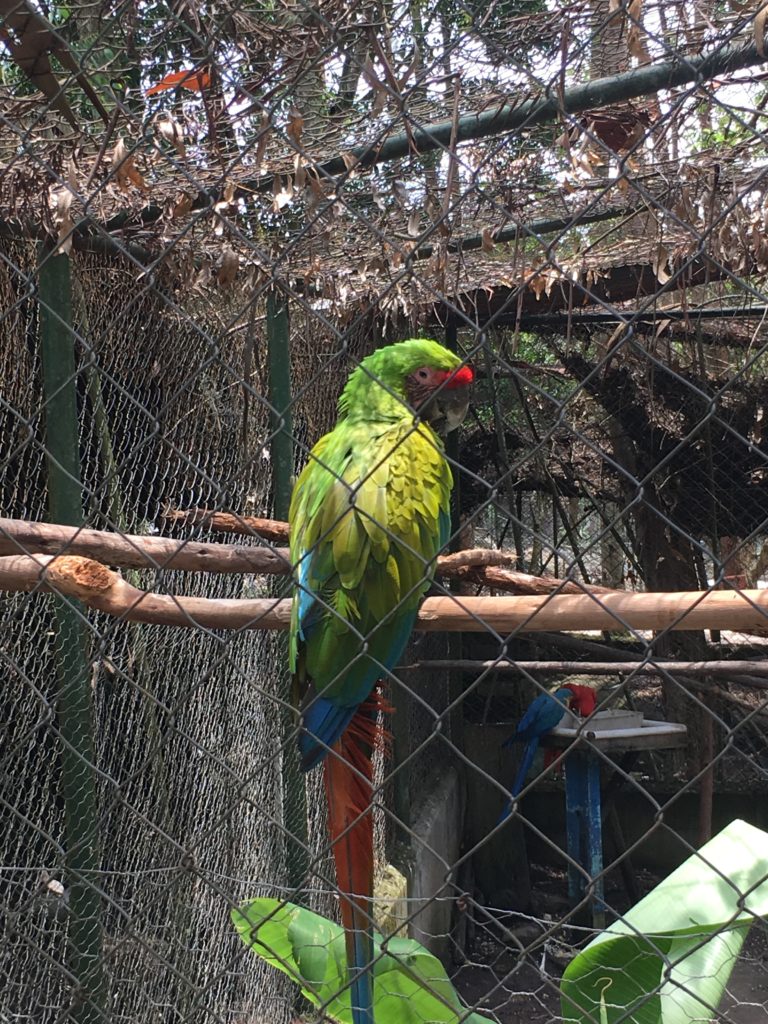
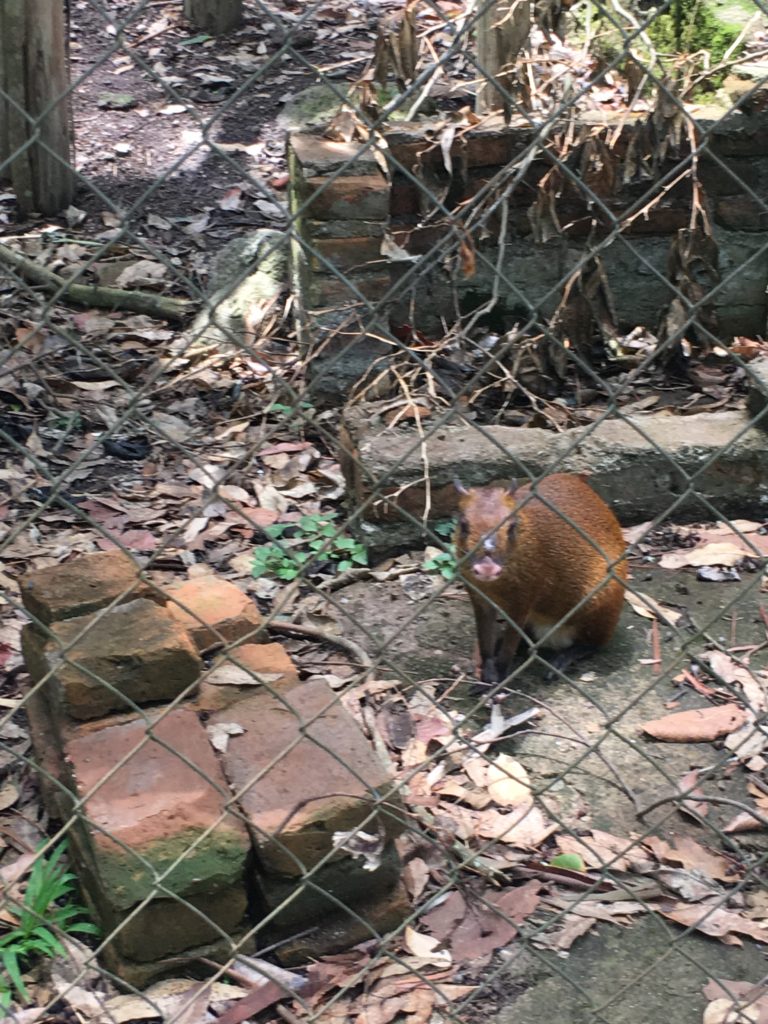
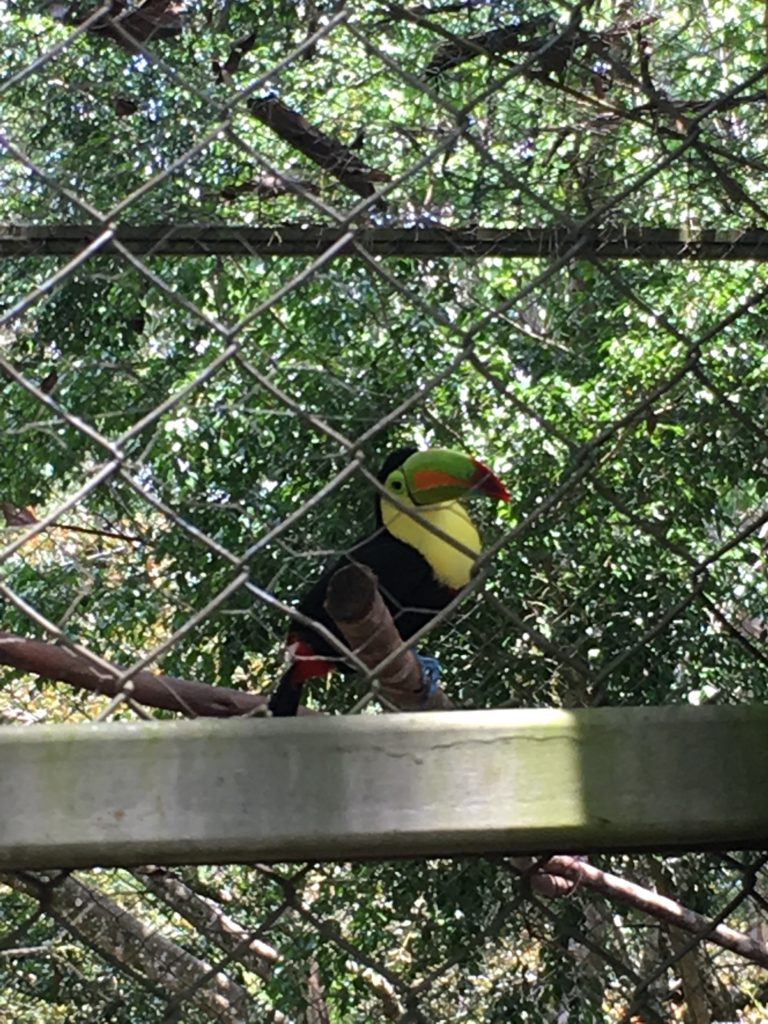
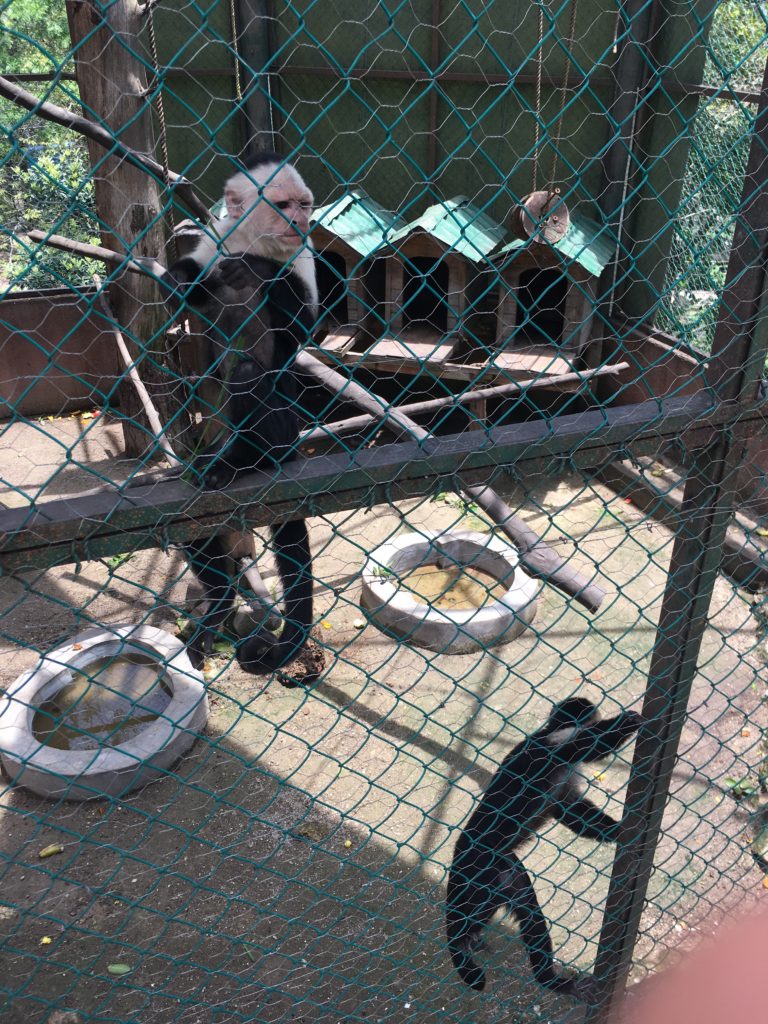
After donating a few extra lempiras to the zoo (they obviously need it) I waited by the side of the road with a young couple. They let me do the honors of flagging down the first rapidito we saw heading back down to “Centro.” It’s funny how what once felt uncertain and strange can so quickly morph into actions filled with confidence and assuredness. There’s a real sense of accomplishment when you finally get the hang of a transportation system that most guidebooks suggest avoiding, but sticking to taking taxis because it’s “easier” isn’t why I travel. What’s the point of traveling to Tegucigalpa in the first place if you aren’t going to at least take a stab at understanding the local way of life? So don’t be afraid to hop on a rapidito (even if the driver doesn’t quite come to a complete stop!) and get to know the people of Tegucigalpa. They’ll make you feel right at home and make you second guess ever wanting to leave.
